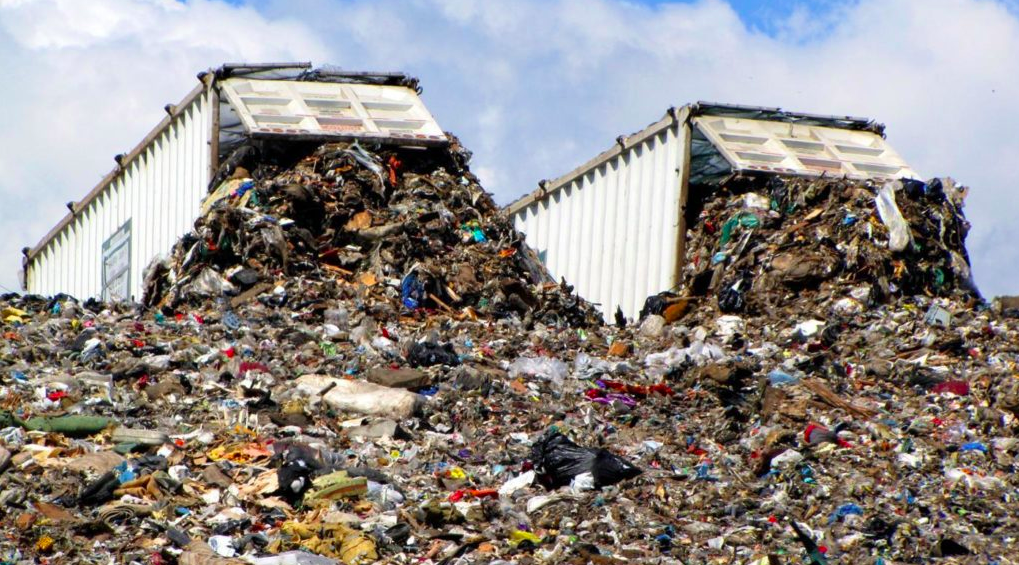Starting 2018, the Chinese government has banned the import of twenty four types of solid waste, including plastic waste. It is a move to prevent the import of highly polluting solid waste into the country.
As of 2014, China was the largest plastic waste importing country accounting for 56% of the global waste plastic imports.
Global trade in plastic is governed by the production and consumption of plastic. China has been the largest importer of used plastic mainly because of domestic demand; demand in the country has been fuelled by a need for secondary sources of plastic, a high demand for plastic products and a lack of high-quality sources of plastic.
The ban by China has disrupted the global plastic trade market; major repercussions are being felt due to an over-dependence on a single country for absorbing plastic exports. Major waste plastic exporting entities like the EU and the U.S. must now look for alternate channels to recycle their plastic waste.
According to Thomas Reuters, other South-East Asian countries like Vietnam, Indonesia, Malaysia and Thailand are expected to fill in this gap.
Meanwhile a backlog of plastic waste is becoming a big menace in countries like the U.S., Japan and Britain. The domestic recycling plants in these countries are not equipped to deal with the large volumes of waste that can no longer be exported to China. The only short-term solution being transportation of plastic waste to landfills or incinerators.



